by Victoria Ingles, Principal Curator (Portsmouth), National Museum of the Royal Navy
The current special exhibition at our Portsmouth Historic Dockyard site, open until spring 2025, highlights the Royal Navy’s involvement within oceanographic research both historically and today.
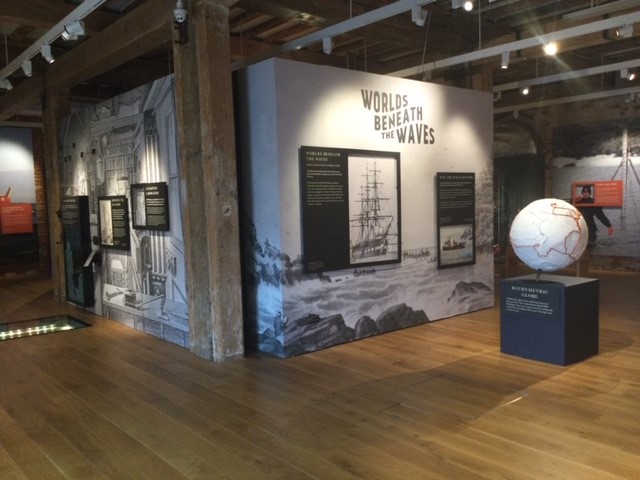
In 1872, HMS Challenger set sail from Portsmouth to embark on the scientific study of the ocean. This odyssey would go on to be regarded as the blueprint for future oceanographic missions. Challenger travelled 68,000 nautical miles in three and a half years. Circumnavigating the globe, the crew collected thousands of samples of animal life, plant life, sea-floor deposits and water samples from all levels of the ocean. These samples are still used to help us understand the ocean and climate change today and visitors have the chance to see some of the original specimens on loan from the Royal Albert Memorial Museum, Exeter.
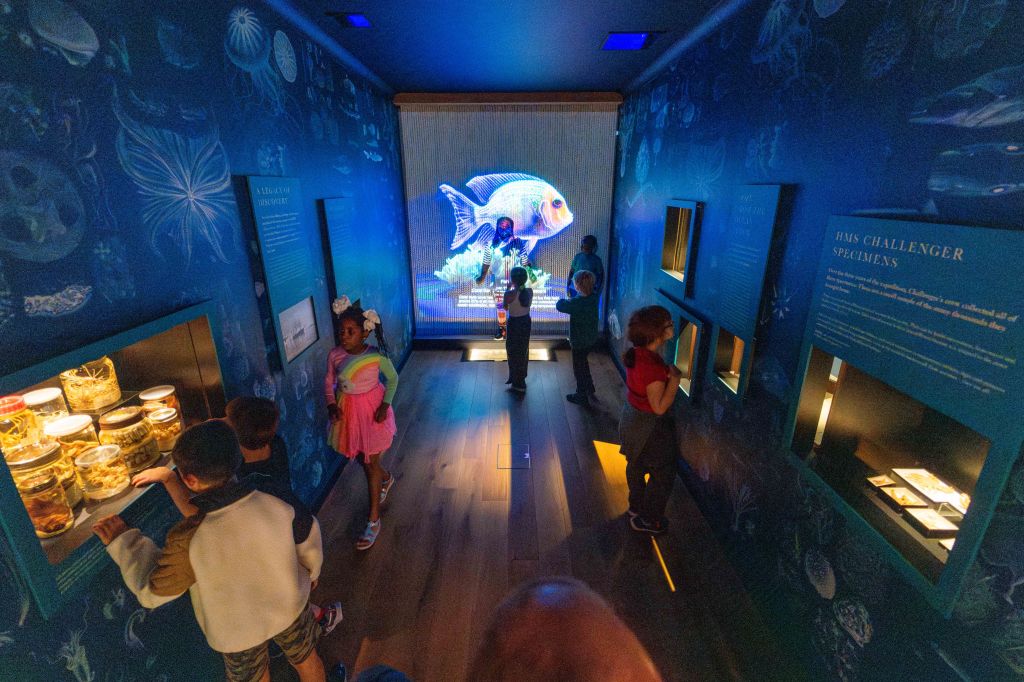
Now 150-years on, the Royal Navy continues to use cutting-edge scientific research to help us understand the changing nature of the ocean, working alongside our exhibition partners the National Oceanography Centre (NOC) and other research organisations. Featured within the exhibition is one of NOC’s Long-Range Auto Subs more commonly known as ‘Boaty McBoatface’ which in made its debut mission under the Ronne-Filchner ice shelf in West Antarctica. It spent multiple days underneath the ice sheet collecting data on environmental conditions such as temperature and salinity.
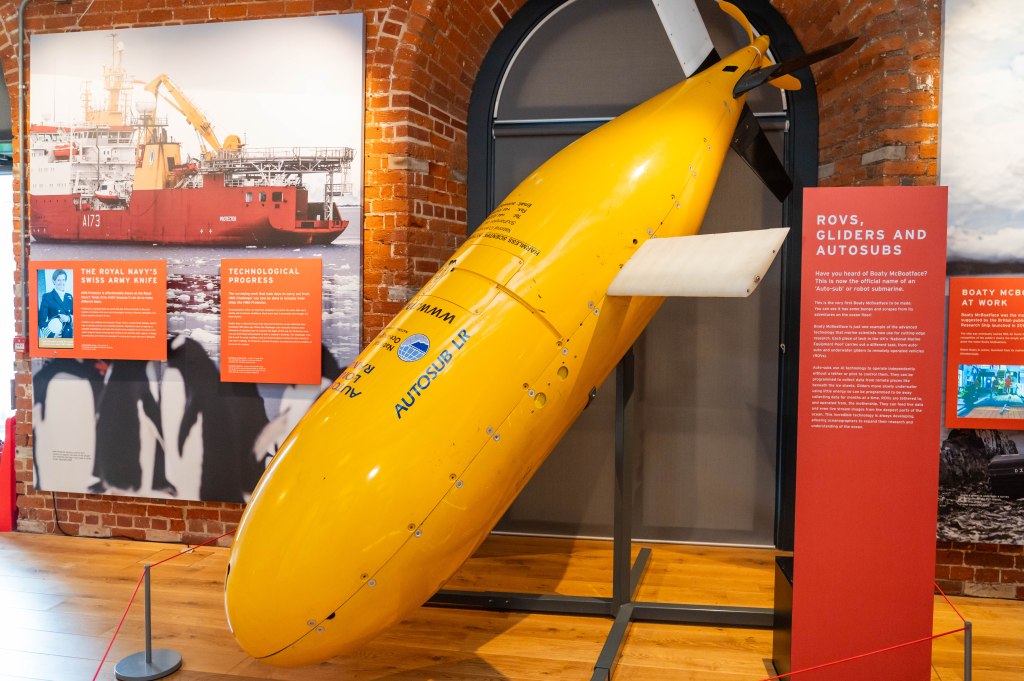
Even with the use of modern technology people are still critical to the collection of scientific data at sea today. Throughout the exhibition, visitors can hear the men and women on board HMS Protector give insights into their life working at sea. Today they live in relative comfort compared to the crew of HMS Challenger but, operating in extreme environments, like Antarctica, remains challenging.
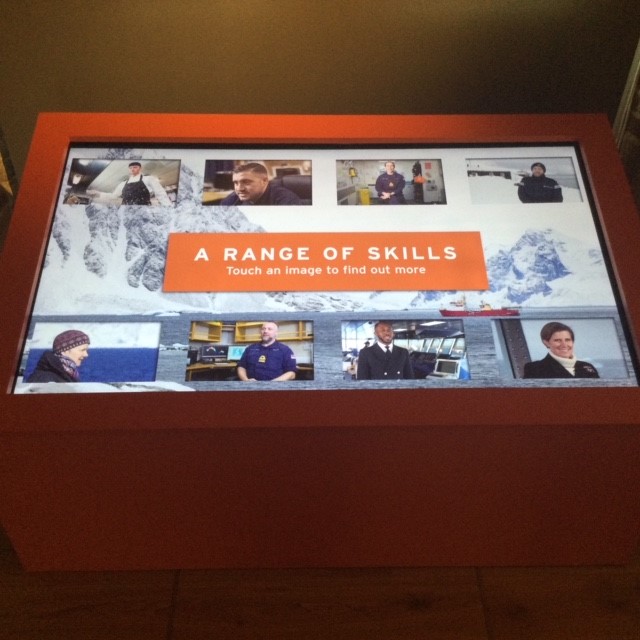
To help inspire a future generation of marine scientists, the exhibition includes many interactive elements to convey science in fun and engaging ways. The bathymetric map interactive allows visitors to move the sand on the sea floor and then see how this is reflected in changes to the colours, or depths depicted on the map. In addition, they can use the AI sea creature generator and discover an imaginary new creature.
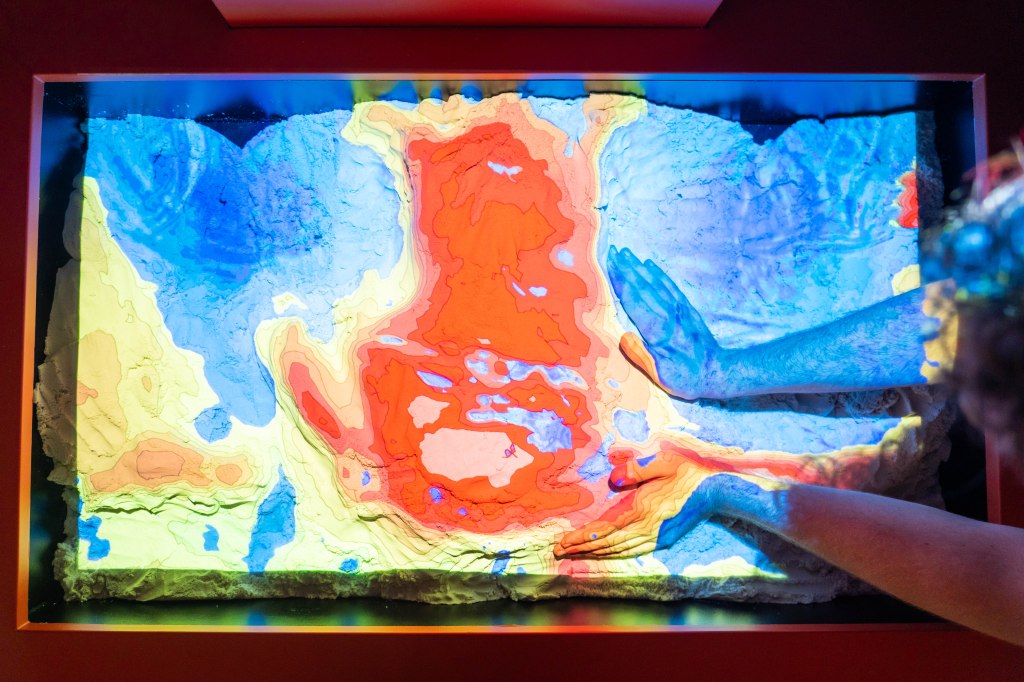
Entry to the exhibition is included as part of the ticket to the Portsmouth Historic Dockyard. These can be purchased in advance online:
Individuals interested in discovering more beyond the exhibition can consult our museum library and archive collections. To explore the collection catalogue, use the link: https://www.nmrn.org.uk/collections
If you are interested in viewing an item from the collection you can book to see the items by contacting our Collections Access Service at collections.research@nmrn.org.uk Please include the object number from the Collections Portal in your email.
